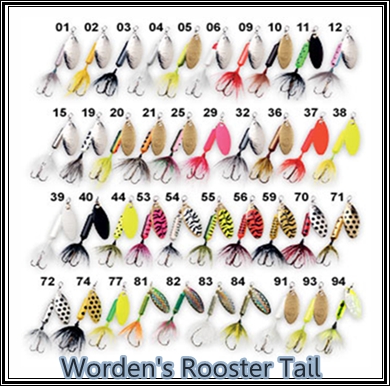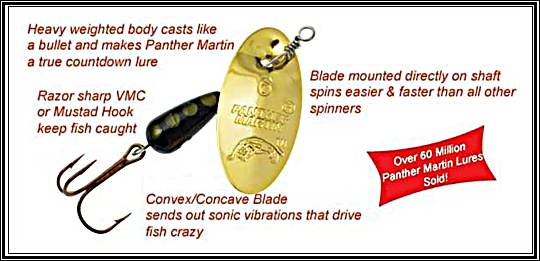[kml_flashembed movie="http://video.google.com/googleplayer.swf?docid=-7069680687215696637" width="400" height="326" wmode="transparent" /]
Brown Trout on the Bow River
As the last day of my holidays is today, I decided to spend it out fishing the Bow River. The week has seemed to go by fast, but I did manage to float the river five times during my week off. My best friend Tom called me on Sunday and asked if he could bring his dad out fishing with us. I cheerfully said yes and we had a plan together. We were to rendezvous at MacKinnon Flats for a four hour trip out on the water. We all arrived at the take out point at eight A.M and packed all the gear into my car, drove up to Policeman’s Flats and we were in the water at nine o’clock on the dot.
The sky was coved with clouds but I seemed as though the weather was going to co-operate with us for the day. The water is clearing up nicely but is still stained somewhat. It is ideal for fishing when the water is a little dirty; the trout can see and hear your bait but cannot completely make it out therefore resulting in many more hook ups. Tom Senior was the first to hook into a trout, a small rainbow to start the day off. He played his fish out and released it back into the water. The father and son duo started the top end of the float off with a bang; several large Rainbows in rapid succession came aboard the boat. I started to wonder when those scrappy trout were going to dance on the end of my line. It was not long after that thought came to mind I too was stating, “Fish On” lads. His aerial assault was spectacular with many high jumps and screaming runs, that is the rush of sport fishing for me.
I checked my hook after this feisty fish was finished, the line was intact and the hooks were in the proper position. Another launch of my Panther Martin netted me yet another spectacular trout, trout after trout were hooked up and landed into the boat with the silver Panther. We were only an hour into the float and thirty to forty fish were aboard between the three of us. Drifting into a slow calm hole, we all made a cast into the choppy liquid and bang, bang, bang a triple header. We all had fat large fish hooked up; two Rainbows and I had a monster of some sort. It’s amazing we never got tangled up but we all have years of experience, I finally got a look at this hog and it was indeed a massive brown Trout. Run after run this fish took me wherever it wanted to go. Five minutes later I was able to net him and snap three pictures of this brute. Massive is a good word to use for this beast. I smiled and let him go to be caught another day.
It was fish after fish today; Tom Senior stated this was the best day fishing he has ever experienced. This coming from a man who has fished all over the world. That statement speaks volumes of our precious river we have flowing through our back yard. We were all exhausted from the sheer strength and numbers of fish we hauled in today. I count my blessings to be healthy and to be able to fish the Bow year after year. It was nice to give back to Tom, he took me fishing and camping when I was young and made me feel as if I was a part of his family. I am truly grateful for all he has done for me, both as a child and as an adult. I will never forget all the good times we had going up to the trailer in Rocky Mountain House, camping, fishing and just plain having fun. I hope he will never forget our trip today on the Bow River, I know it will always be with me forever. I love you papa and I hope we can do another trip very soon.


